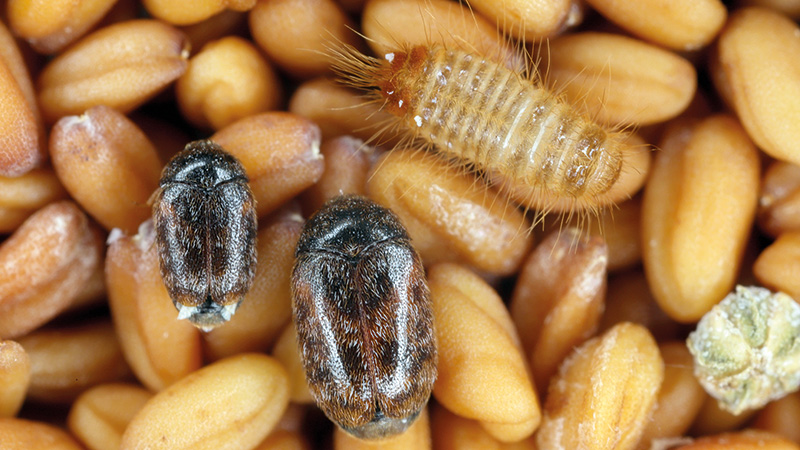A groundbreaking $42.7 million national biosecurity initiative led by the Grains Research and Development Corporation (GRDC) in partnership with five state government departments is set to transform the effectiveness and responsiveness of Australia’s grains biosecurity system.
Announced by GRDC Chair and grain grower John Woods at the Grains Research Updates in Perth today (February 26), the National Grains Diagnostic and Surveillance Initiative (NGDSI) is a co-investment between GRDC and the WA Department of Primary Industries and Regional Development (DPIRD), the South Australian Research and Development Institute (SARDI), the Victorian Department of Energy, Environment and Climate Action (DEECA), the New South Wales Department of Primary Industries (NSW DPI), and the Queensland Department of Agriculture and Fisheries (QDAF).
The six-year initiative will use state-of-the-art technology and processes to improve Australia’s ability to rapidly detect and accurately diagnose exotic pests and plant diseases – allowing identification to happen ‘near the paddock’ rather than in centralised laboratories.
It will also support the development of more than 20 biosecurity specialists across Australia, modernise current surveillance techniques and utilise global intelligence to forecast future pest and disease risks to the nation’s grains industry.
“This initiative is one of the most important investments GRDC will make on behalf of Australian grain growers and is the result of two years of collaborative work with our partners. It is powerful in the sense it has brought together the nation’s primary grain growing states in a united effort to reduce the very real risk that exotic pests and diseases pose to agriculture,” Mr Woods says.
Conservatively speaking, the potential cost to growers of an incursion in terms of crop damage, control costs and trade impact is estimated at $100 million annually. This is why GRDC has invested $20 million of growers’ money over the next six years, matched by state department investment, to transform Australia’s grains biosecurity system.
“Timeliness of detection and response are critical and can be the difference between cost-effective control or the devastation of an industry. We need to equip growers – and other key people – with the tools for fast, accurate diagnostics to enable timely management decisions that reduce the impact of these threats to the grains industry.”
Mr Woods says the industry faced increased biosecurity risks from a range of factors including more frequent international movement in trade and people, increasing chemical resistance, a decrease in the number of technical specialists and increasing input costs.

The six-year National Grains Diagnostic and Surveillance Initiative will improve Australia’s ability to rapidly detect and accurately diagnose exotic pests and plant diseases. Photo: Tomasz Klejdysz
“This important national initiative will link with new and established pest surveillance for faster detection, which will allow more responsive eradication or management plans to be put in place,” Mr Woods says.
“Critically, it will also ensure we have national diagnostic protocols - or specific pest and disease guidelines for accurate identification - in place. Currently there are 54 exotic pests or diseases considered a high risk for
the Australian grains industry, yet less than 10 per cent have national diagnostic protocols, which means accurately identifying them could take weeks.”
The initiative will also invest in developing more than 20 specialist technicians, scientists and PhD students across the five states.
At an international level the NGDSI will utilise the intelligence networks of the Federal Department of Agriculture, Fisheries and Forestry (DAFF) and the Department of Foreign Affairs and Trade (DFAT) to develop pest and disease risk analysis for each of the grains high priority plant pests (HPPP), the national priority plant pests (NPPP) and 10 emerging pest risks.
“We will use the most sophisticated technology available to forecast the risks and predict the arrival and impact of exotic pests and diseases. For example, we will leverage the United Kingdom’s Earth Observation for Agroclimate investment looking at wheat blast in Bangladesh to determine the transborder risk to Australia,” Mr Woods says.
While our focus is the grains industry this initiative will bring the nation’s diagnostic and related surveillance technology into the modern, digital era and accelerate our ability to respond post border for the benefit of Australian agriculture and the broader Australian community.

























































